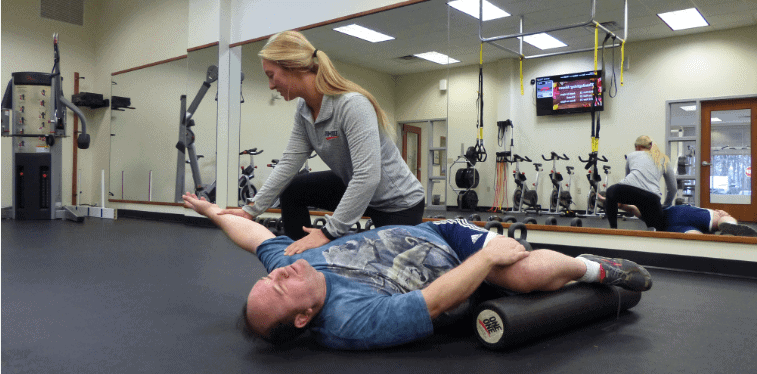
For many individuals, years of living with aches and pains has left them feeling that pain is inevitable…simply part of the aging process. For those afflicted with a degenerative disease, it very well may be. But for many, it is not.
When experiencing pain, step one is to see a doctor. They are the professionals who can diagnose whether you are indeed one of these unfortunate individuals. However, more often than not, you will find that you are dealing with some type of inflammatory condition…an “itis”, such as tendonitis. From there, the course of action can get a little murky. Doctors most often recommend rest and/or physical therapy. But where did your “itis” come from? What if the “rest” you were prescribed is part of the problem? What is the plan to prevent your “itis” from recurring after physical therapy?
Surprisingly, inactivity and lifestyle are often the cause of chronic pain. The “rest” you have been prescribed likely means a lot of sitting, and that sitting may be promoting bad posture, and that bad posture is almost certainly contributing to the pain cycle. The correct prescription is to develop good posture and functional movement patterns. The question then becomes how to accomplish this. Intelligent exercise prescription is generally outside your doctor’s area of expertise, and they (rightfully so) don’t have confidence referring you to a health club or personal trainer. Unfortunately, many so called “fitness professionals” are anything but.
At One on One, we do know how to help you increase your mobility and motor control (your mind/muscle connection).
Here are our recommendations to help you quickly start feeling better:
Start with a Functional Movement Screen. The Functional Movement Screen (FMS) is a grading and ranking system of movement quality. It is powerful because it simplifies a complex issue (your movement quality) and provides a clear picture of how significant your limitations may or may not be, as well as where to focus your efforts. Along with your stated health/fitness goals, this information allows us to create an intelligent exercise prescription. Additionally, the screen can show if your pain/stiffness is so severe that it requires medical attention.
Do regular soft tissue work. Soft tissue work is becoming increasingly popular, and for good reason! It improves poor mobility and motor control, the two common culprits of pain. Soft tissue work can be done with foam rollers, sticks, massage therapy, etc. the list goes on and on. The key is to know how and where to work areas that are uncomfortable. Watch this video to see how to foam roll your back.
Exercise intelligently. Repeating the wrong activities can and will contribute to poor mobility, motor control, and ultimately pain. This means everything, from sitting to exercising. If you work-out regularly, you are already ahead of the game, but you must be certain that the movements/exercises you are doing don’t reinforce the dysfunctions that are causing your pain. When exercising, only choose movements that you can perform with excellent form and be sure that you’re not skipping mobility exercises.
More movement, not less, can be the right prescription for chronic pain and stiffness. The key is knowing what is appropriate and not to be too ambitious initially. For most, this means seeking help from a qualified fitness professional to ensure you start successfully. Regardless, be sure to use our “Less is More” concept and progress from there…you’ll be glad you did!
Ryan Burke is a Partner and Director of Business Development at One on One. Contact him at Ryan@oneononefit.com

